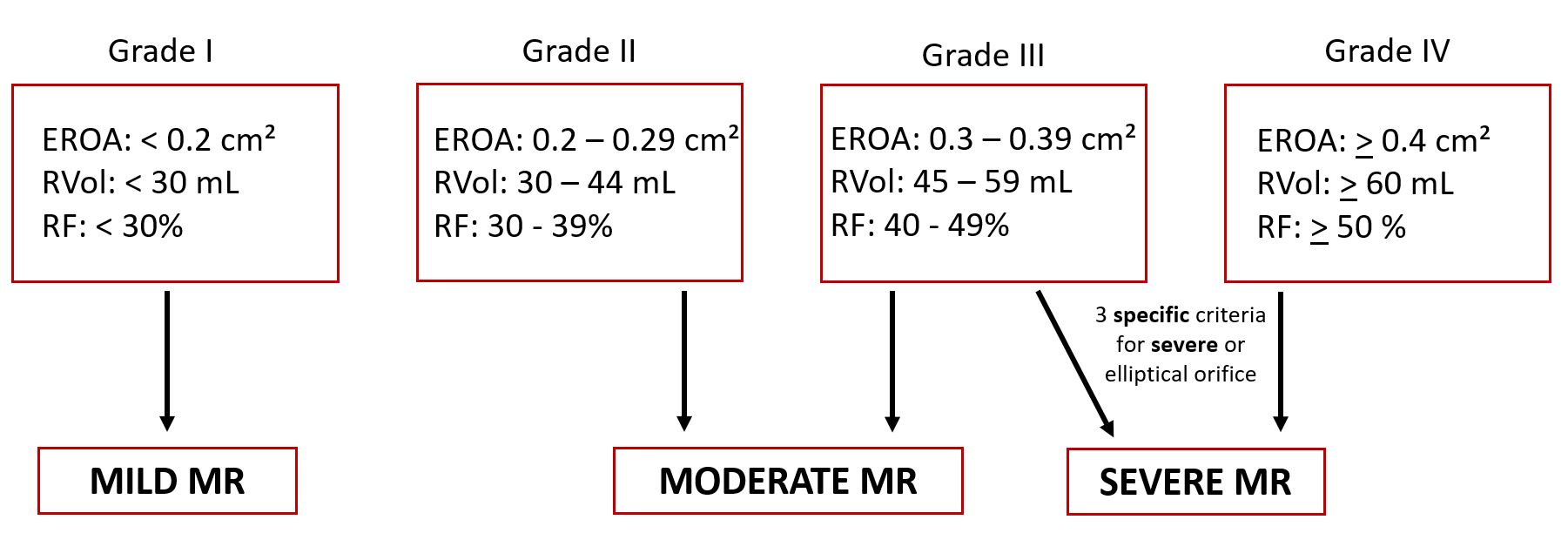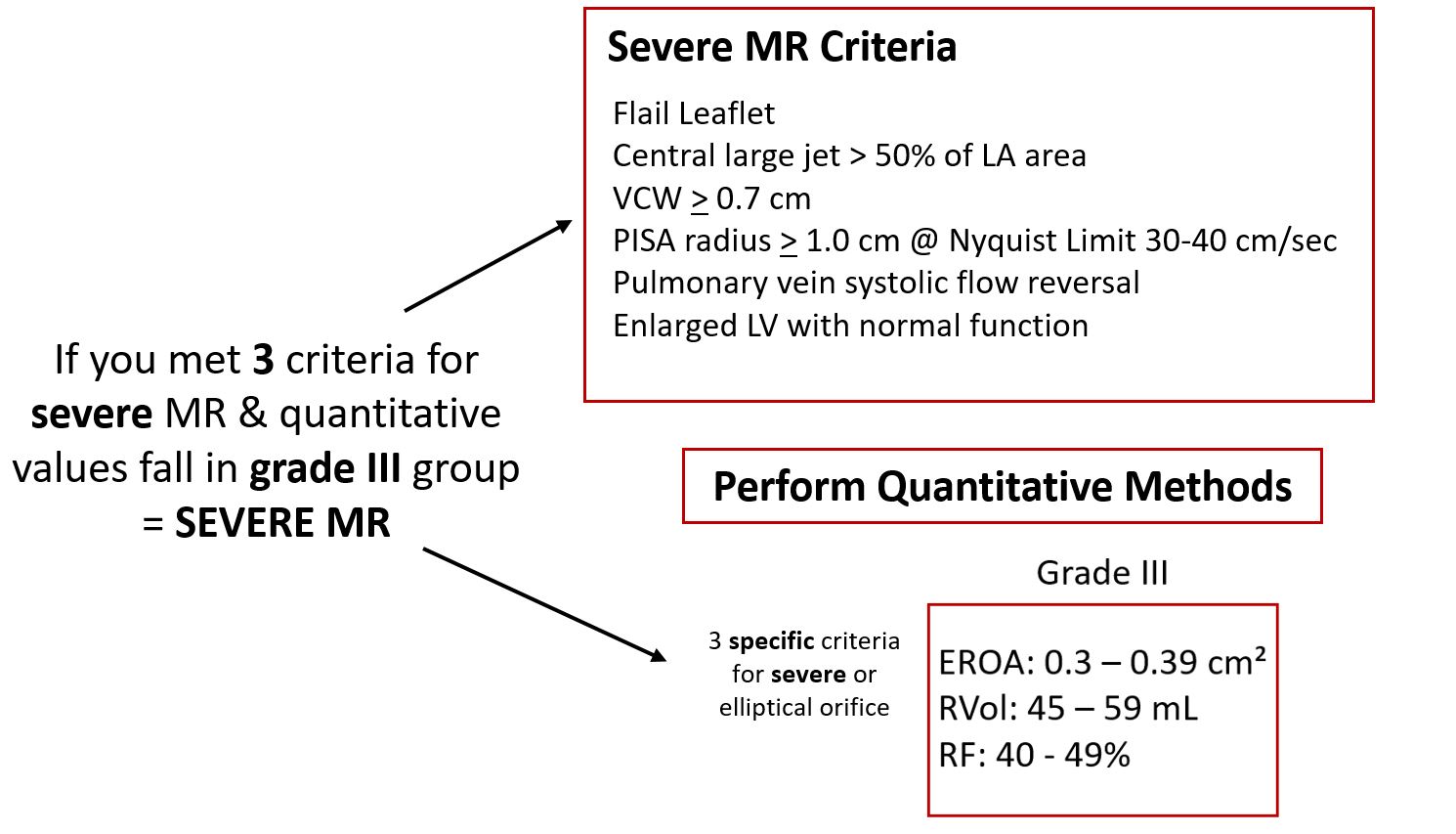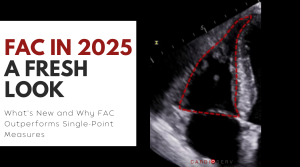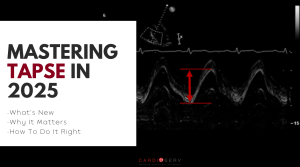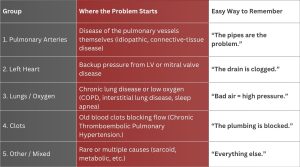Last Updated on January 30, 2024 by Hannes van der Merwe
Now that we have covered all the methods for evaluating mitral regurgitation (MR), let’s put it to use! The ASE released an algorithm as a guide to help determine the severity of chronic MR, using both qualitative, semi-quantitative & quantitative measures.
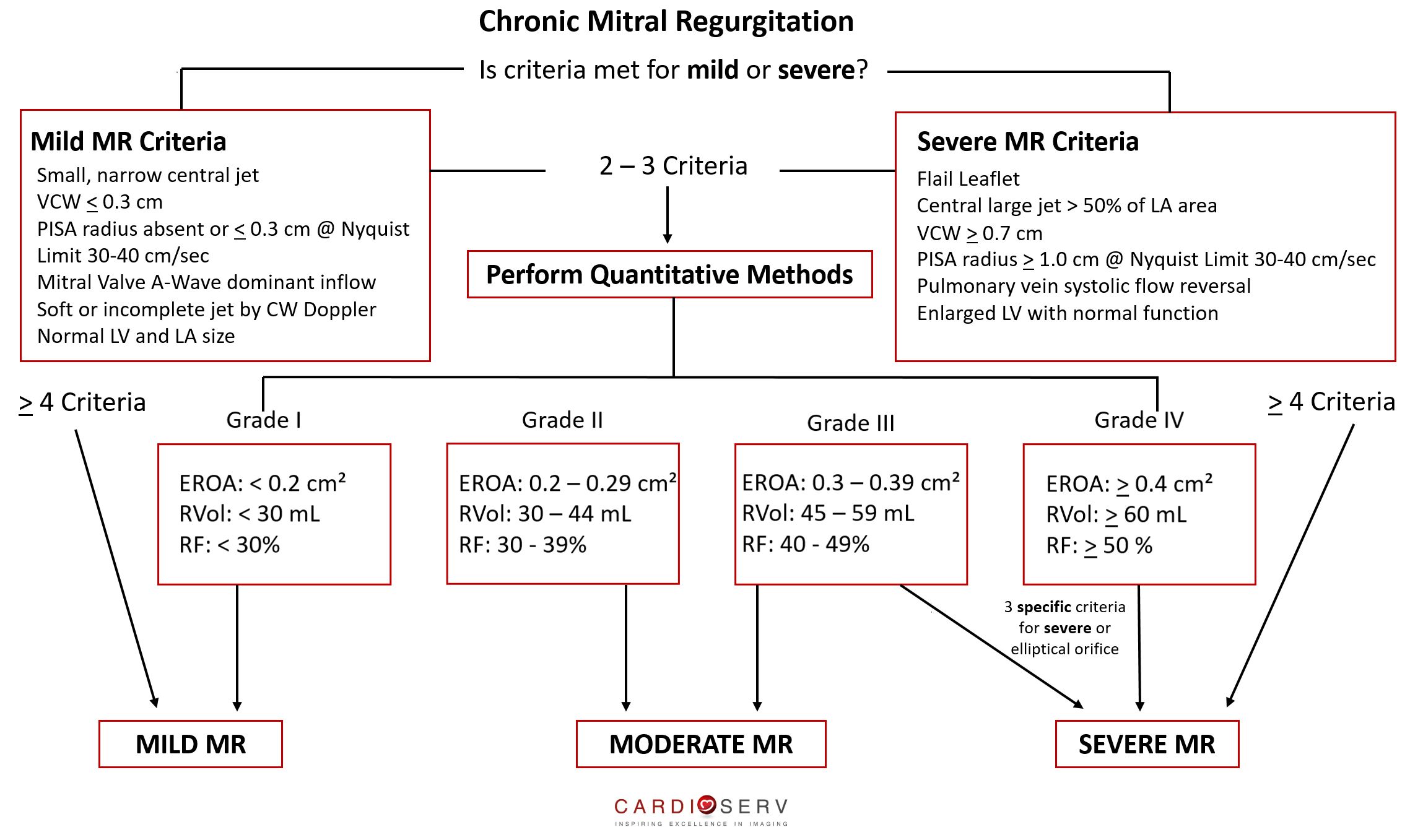
We understand how crazy this algorithm looks, so we are going to break it down to better understand!
QUALITATIVE & SEMI-QUANTITATIVE MEASURES:
We can use these qualitative & semi-quantitative measures to help us determine a baseline assessment for the severity of MR.

The algorithm allows us to easily rule out mild or severe by meeting 4 or more (> 4) of these criteria:

If we can prove > 4 of these criteria, we can confirm if the regurgitation is mild or severe:

If we are only able to meet 2 or 3 of these criteria or values fall in the ‘intermediate’ range, then we need to perform quantitative methods to further determine severity:

QUANTITATIVE MEASURES:
The quantitative methods provide us with the following values:
- Effective Regurgitant Orifice Area (EROA)
- Regurgitant Volume (RVol)
- Regurgitant Fraction (RF)
The algorithm divides the values into 4 grades to help us determine mild, moderate or severe MR.

Let’s break this down these 4 different grades:
WHAT DOES THIS MEAN?!
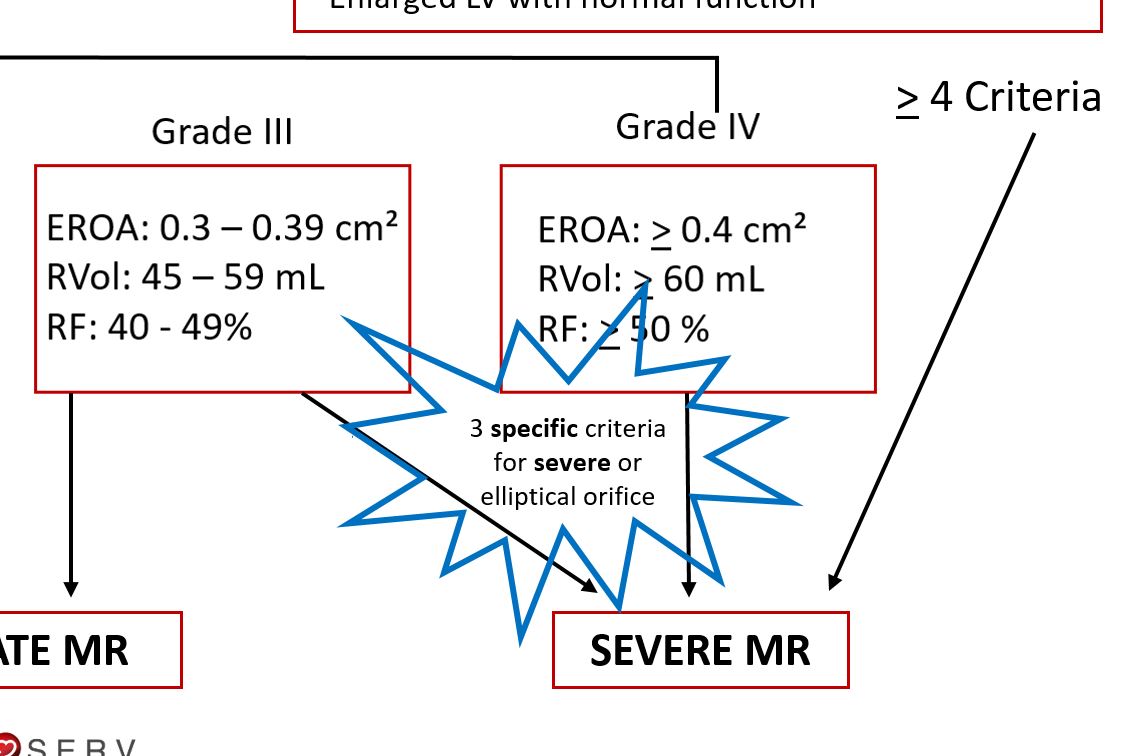
ITEMS TO NOTE:
- Algorithm is used for chronic mitral regurgitation
- Values for EROA are based upon a holosystolic MR jet
- Patients with low-flow conditions: regurgitant volume (RVol) for chronic MR may be lower
CONCLUSIONS:
We encourage our readers to utilize this algorithm when determining the severity of chronic mitral regurgitation! If you missed our blog series, covering the qualitative, semi-quantitative and quantitative methods, you can check them out here! Keep an eye out for next week, as we present a case study!

Andrea Fields MHA, RDCS
Stay Connected: LinkedIn, Facebook, Twitter, Instagram
References:
Zoghbi, W. A., MD, FASE, & Adams, D., RCS, RDCS, FASE. (2017). Recommendations for Noninvasive Evaluation of Native Valvular Regurgitation. JASE, 30, 4th ser., 1-69. Retrieved June 12, 2017.


